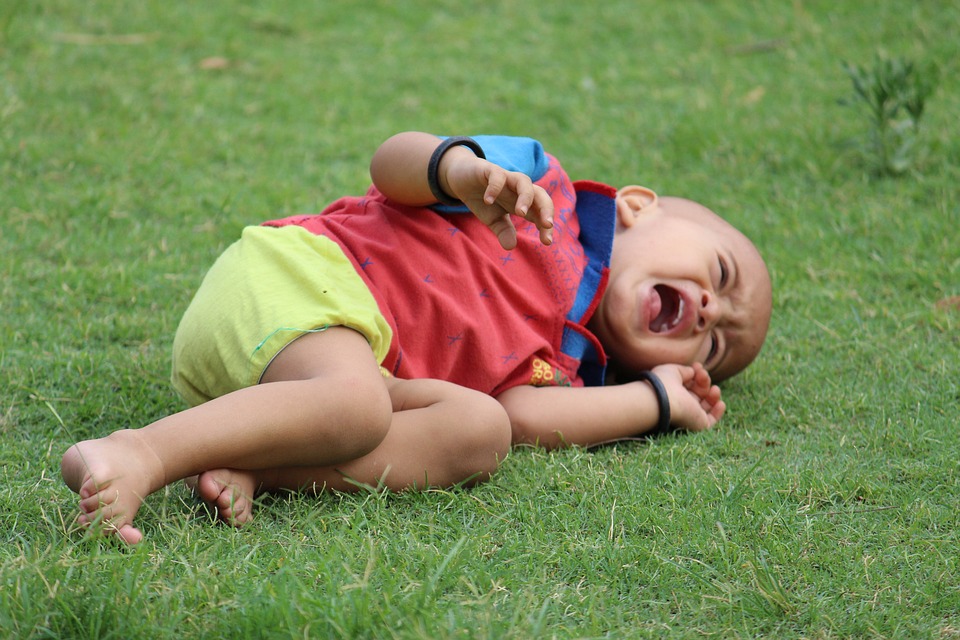As a parent, one of the most difficult things to hear is that your child has a medical condition. When it’s an uncommon condition like craniosynostosis, it can be even more challenging to navigate. Here, we share the story of one parent’s journey to raise awareness about craniosynostosis and help other families facing similar challenges.
The Diagnosis
It all started when Sarah noticed that her son, David, had an irregularly shaped head. After consulting with their pediatrician, they were referred to a specialist who diagnosed David with craniosynostosis. This condition occurs when the bones in a baby’s skull fuse together too early, affecting the growth of the head and possibly the brain. Sarah and her husband were understandably shocked and worried about what this would mean for their son’s future.
Seeking Treatment
After the initial shock wore off, Sarah and her husband began researching treatment options for craniosynostosis. They learned that surgery is often required to correct the premature fusion of the skull bones and allow the brain to grow properly. It was a daunting prospect, but they were relieved to know that there was a solution available.
Support and Advocacy
Throughout David’s treatment journey, Sarah found solace in connecting with other parents of children with craniosynostosis. She also became an advocate for raising awareness about the condition, sharing their story on social media and participating in local support groups. This not only helped her cope with the challenges they faced but also provided valuable support and information to other families going through similar experiences.
Life After Treatment
David underwent successful surgery to correct his craniosynostosis, and his parents were overjoyed to see his head gradually take on a more typical shape as he grew. While the experience was undoubtedly challenging, Sarah and her husband are grateful for the support they received and the positive outcome of David’s treatment.
Conclusion
The journey through craniosynostosis can be a difficult one, but with the right support and information, families can navigate it successfully. By raising awareness and connecting with others in similar situations, parents like Sarah can make a positive impact and help ensure that no family feels alone in facing craniosynostosis.
FAQ
What are the signs of craniosynostosis?
Craniosynostosis may be evident at birth or become noticeable during the first few months of a baby’s life. Signs include an abnormally shaped head, a hard ridge along the affected sutures, and decreased head growth.
Is craniosynostosis a common condition?
Craniosynostosis is considered a rare condition, occurring in about 1 in 2,500 births. However, it can vary in frequency depending on the specific type of craniosynostosis.
What are the treatment options for craniosynostosis?
The primary treatment for craniosynostosis is surgery to reshape the skull and relieve pressure on the brain. The timing and specifics of the surgery will depend on the individual child’s condition and the recommendation of their medical team.
[ad_2]
















コメント